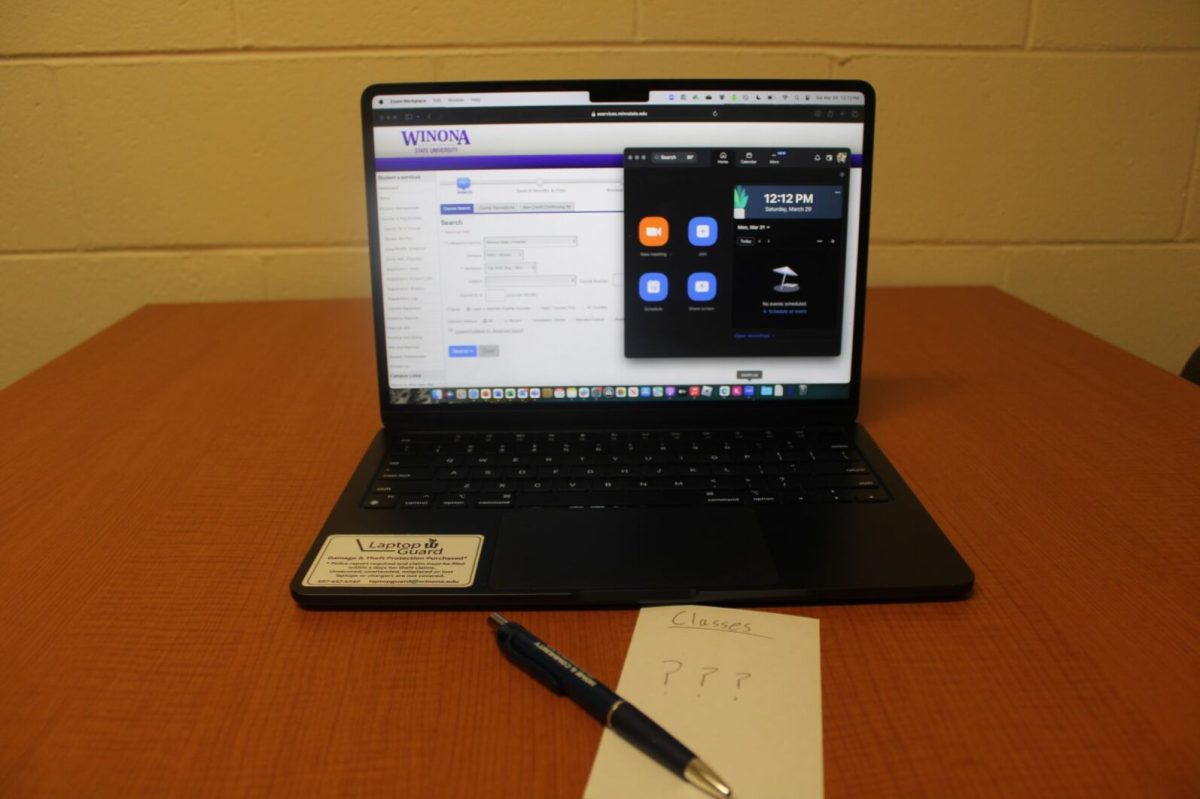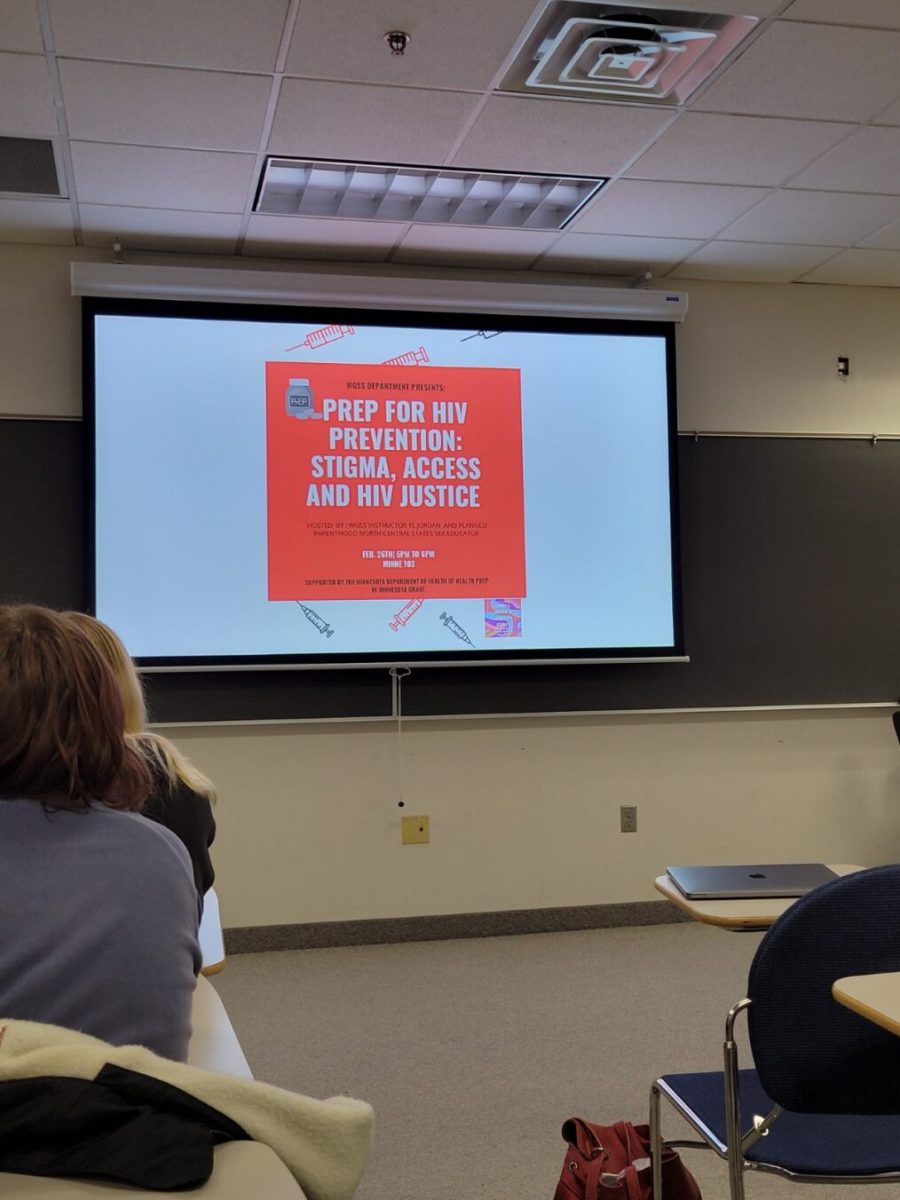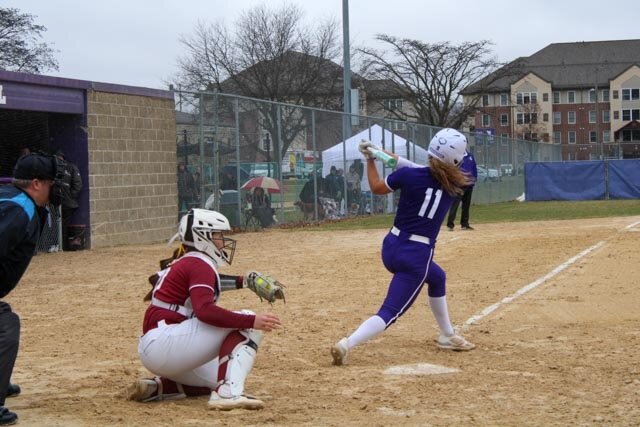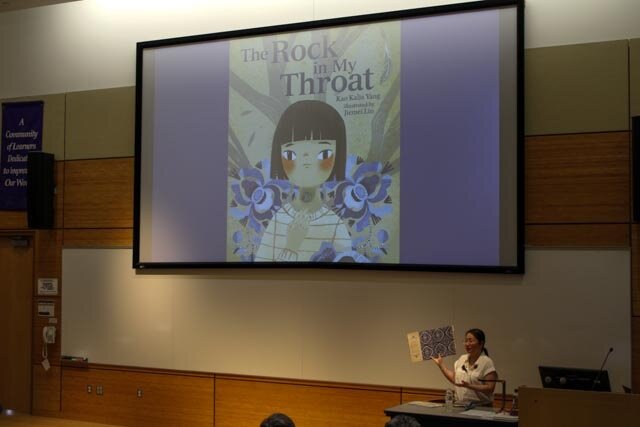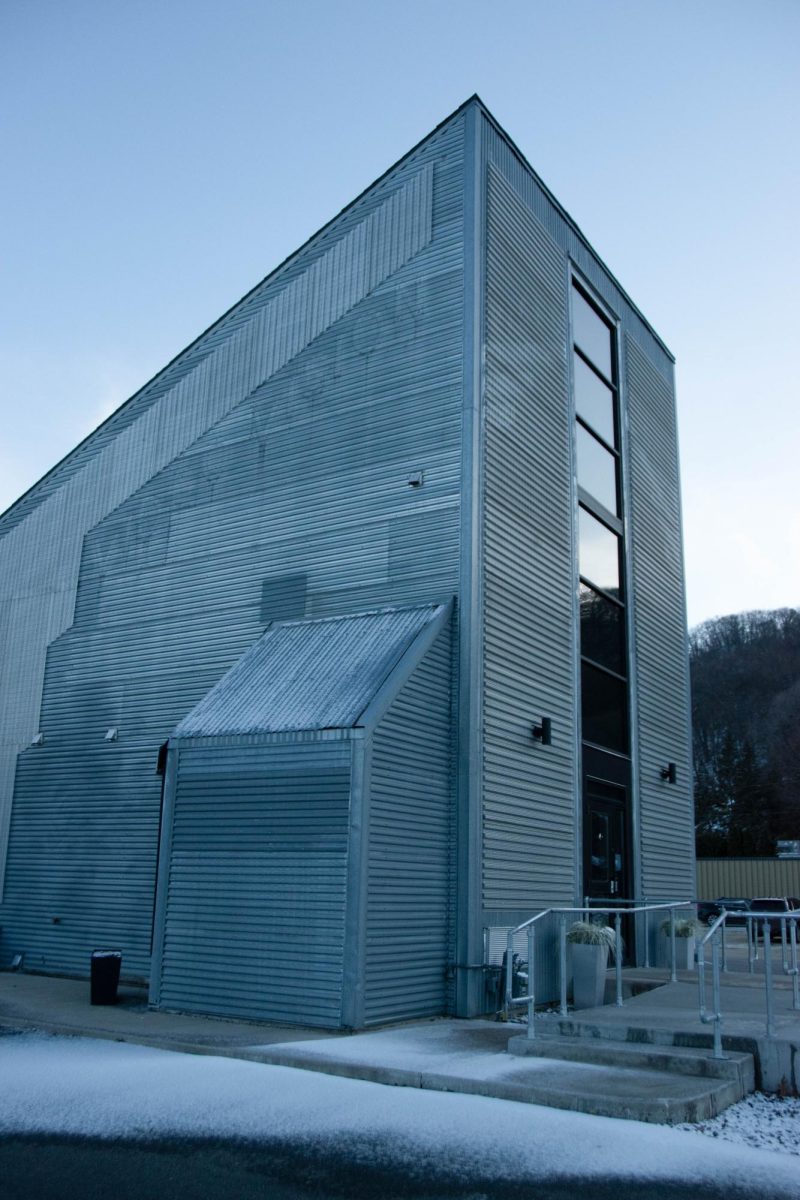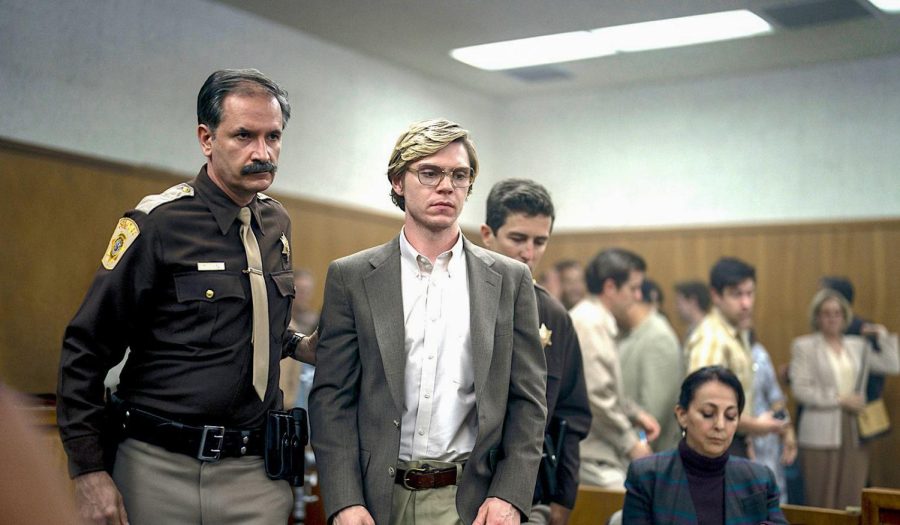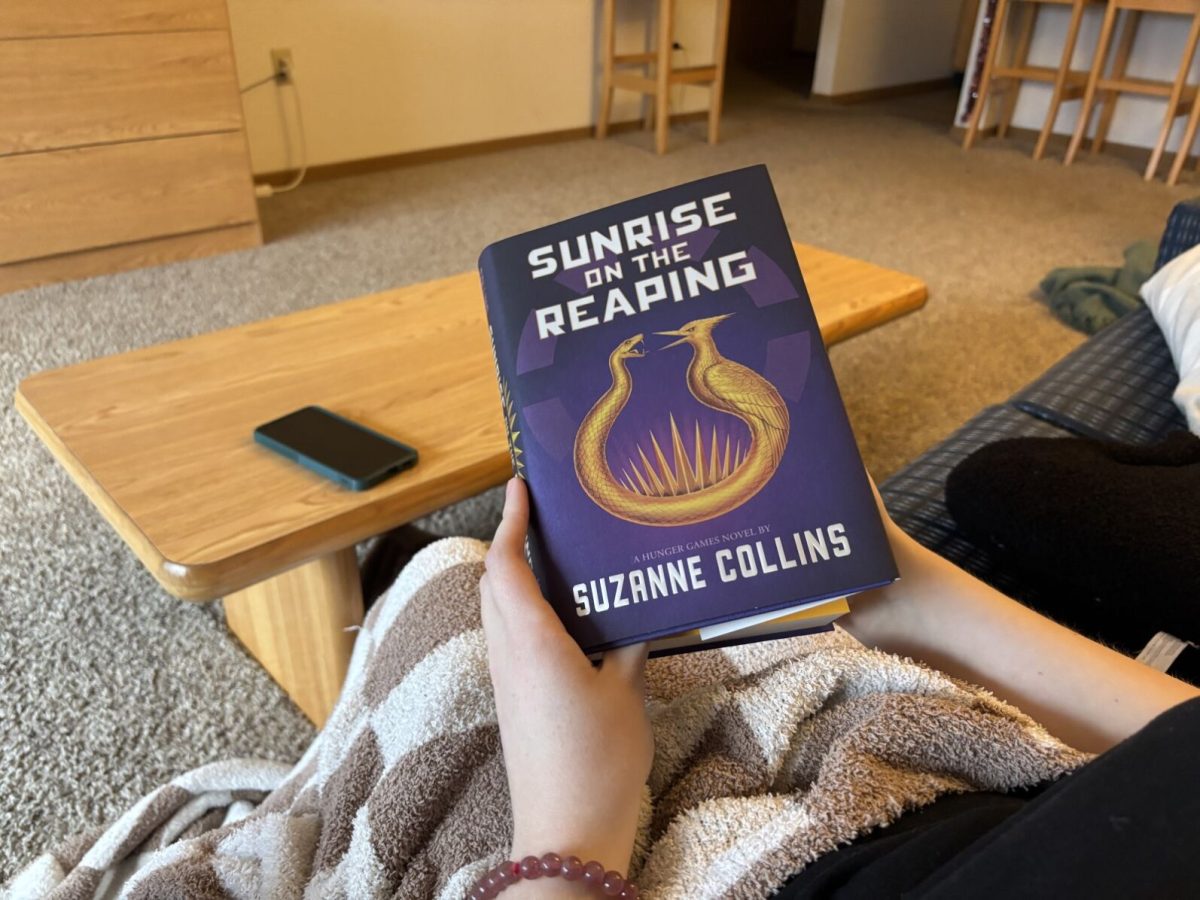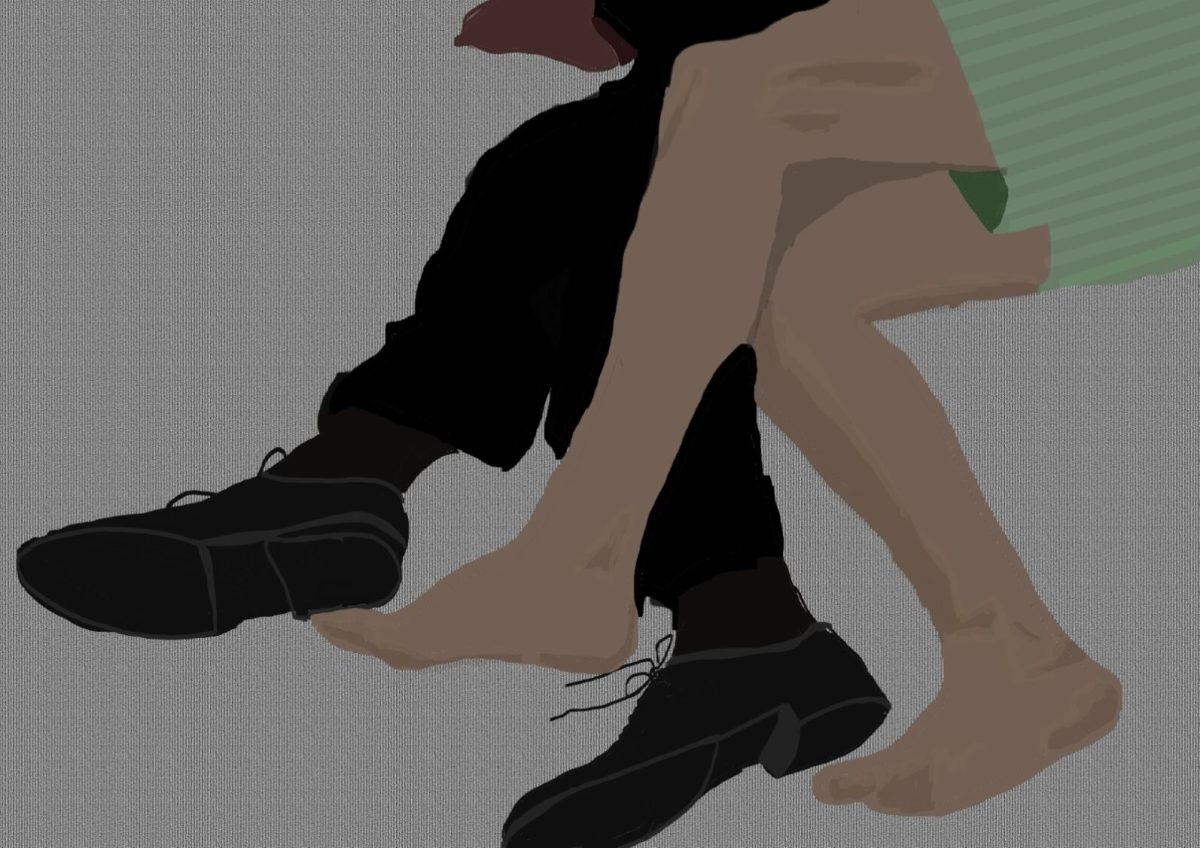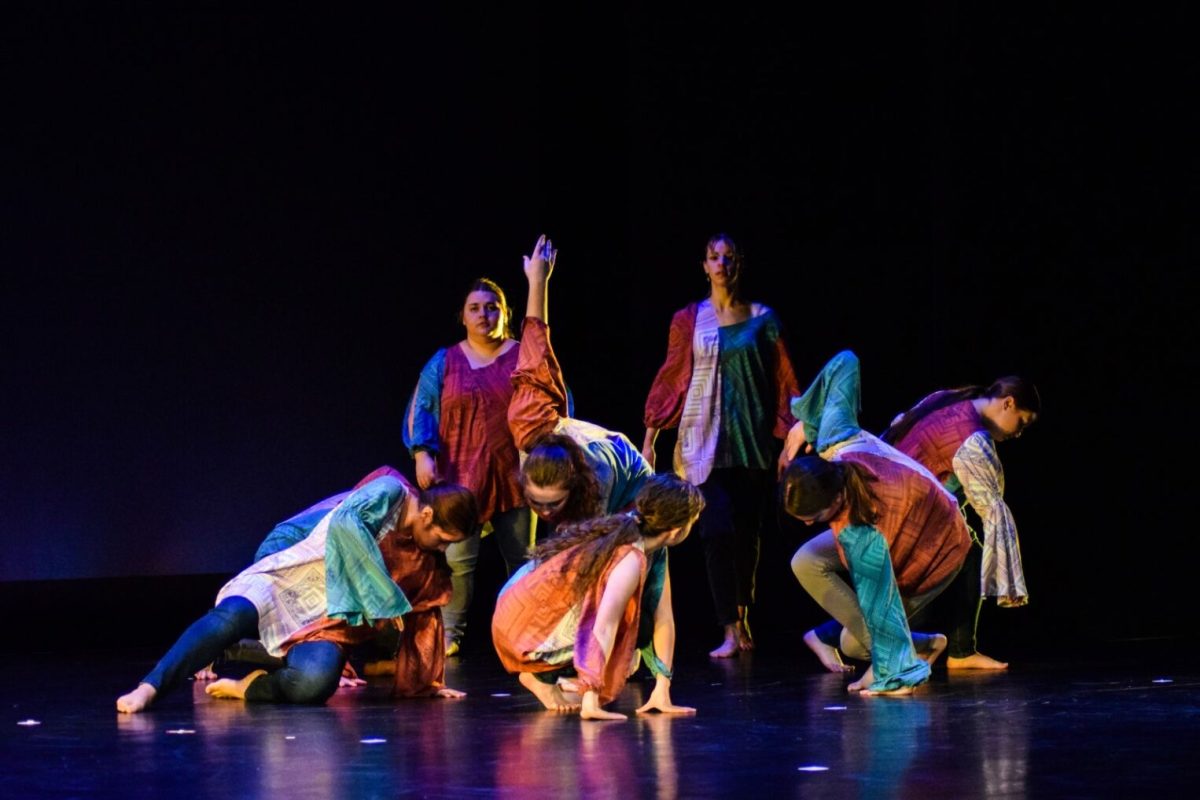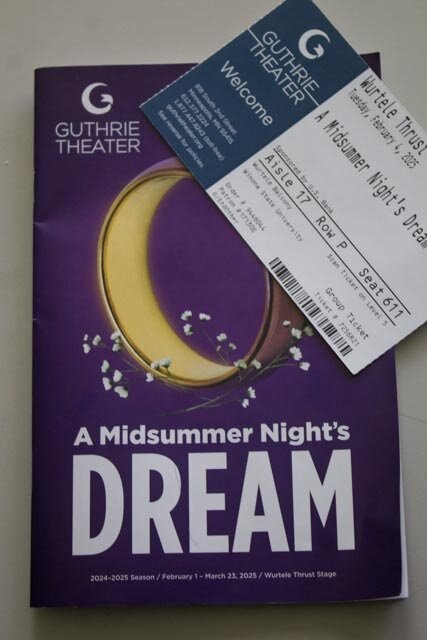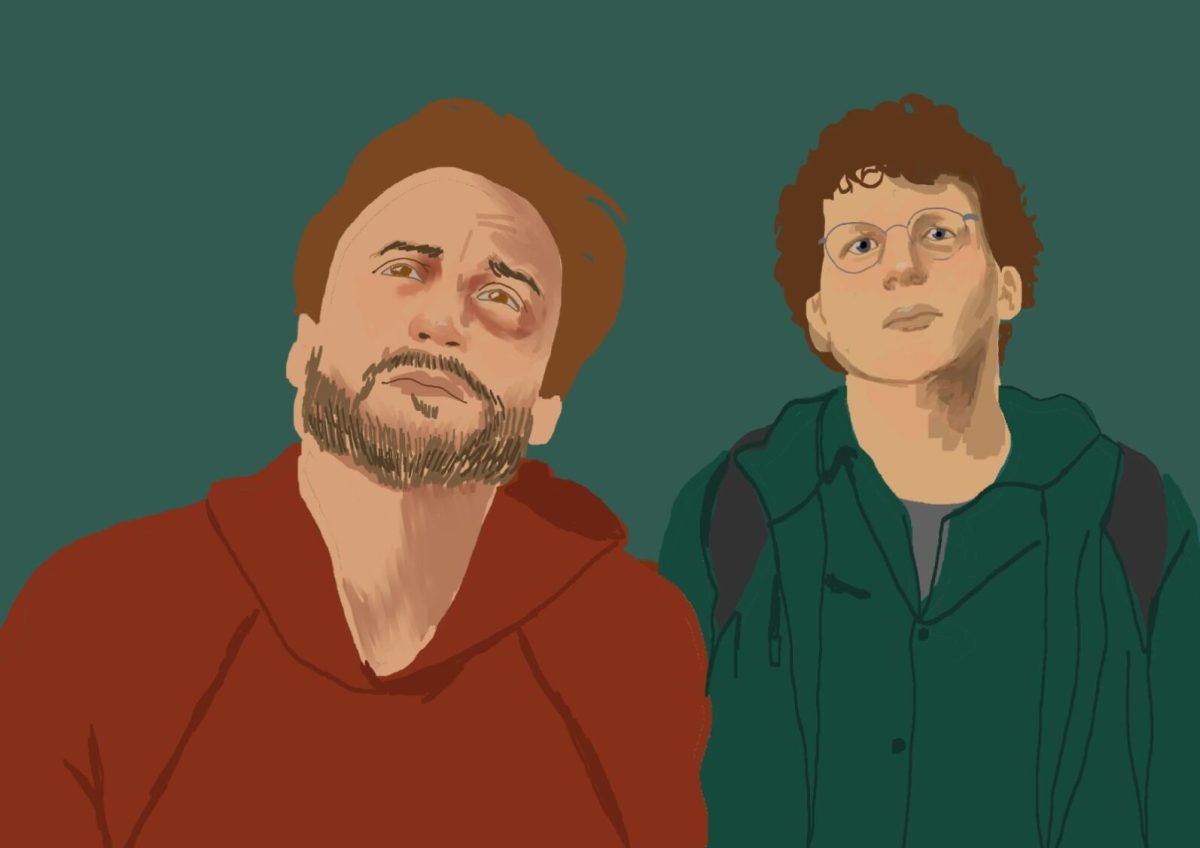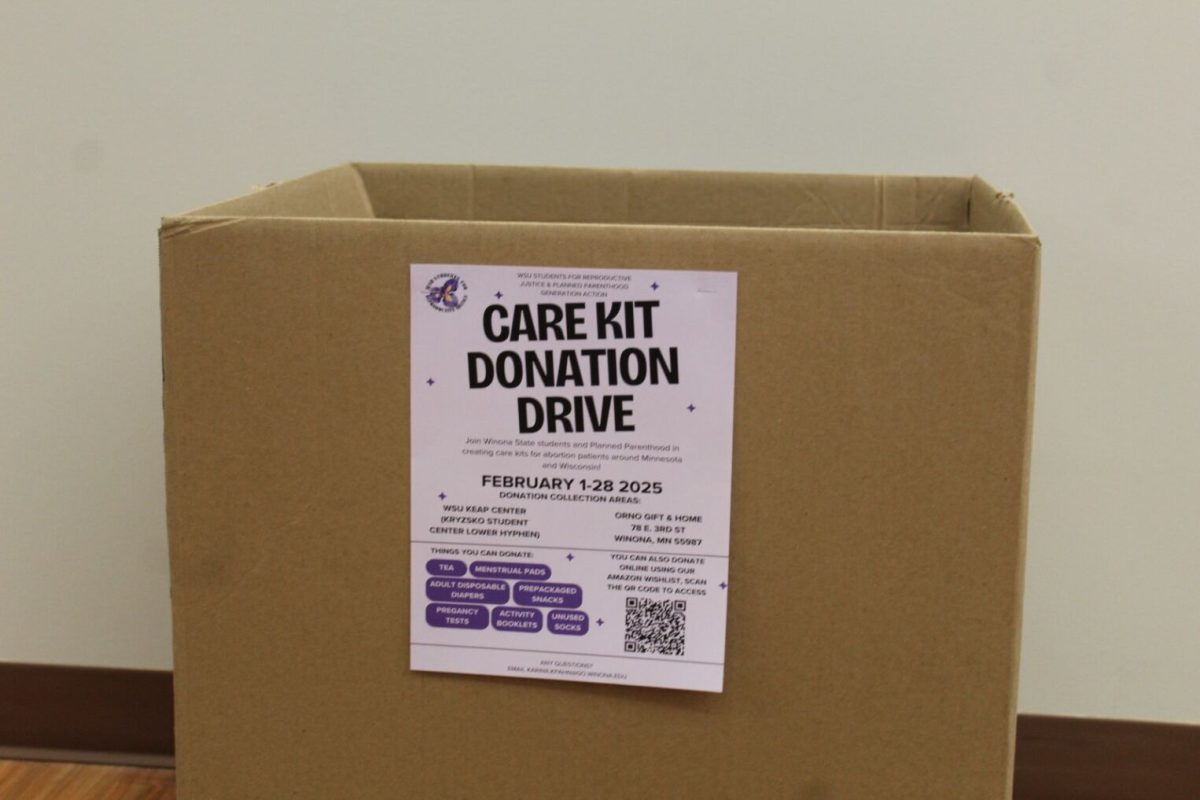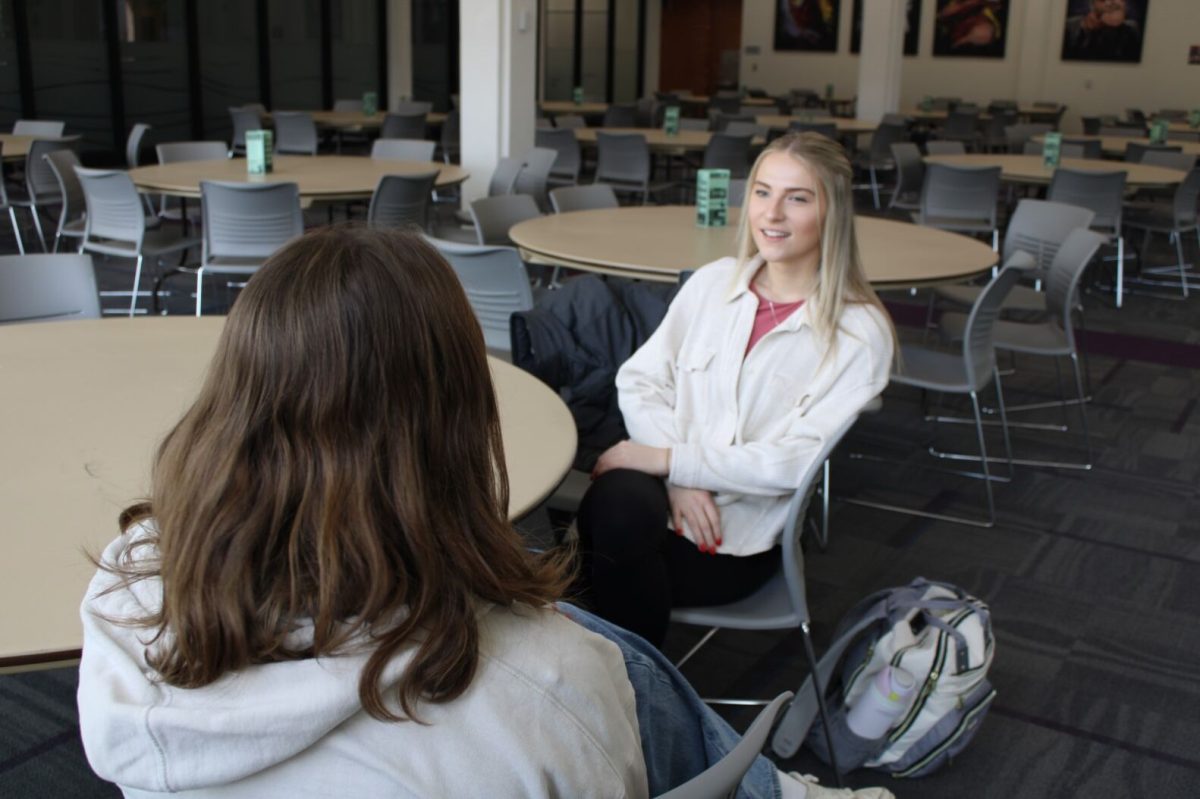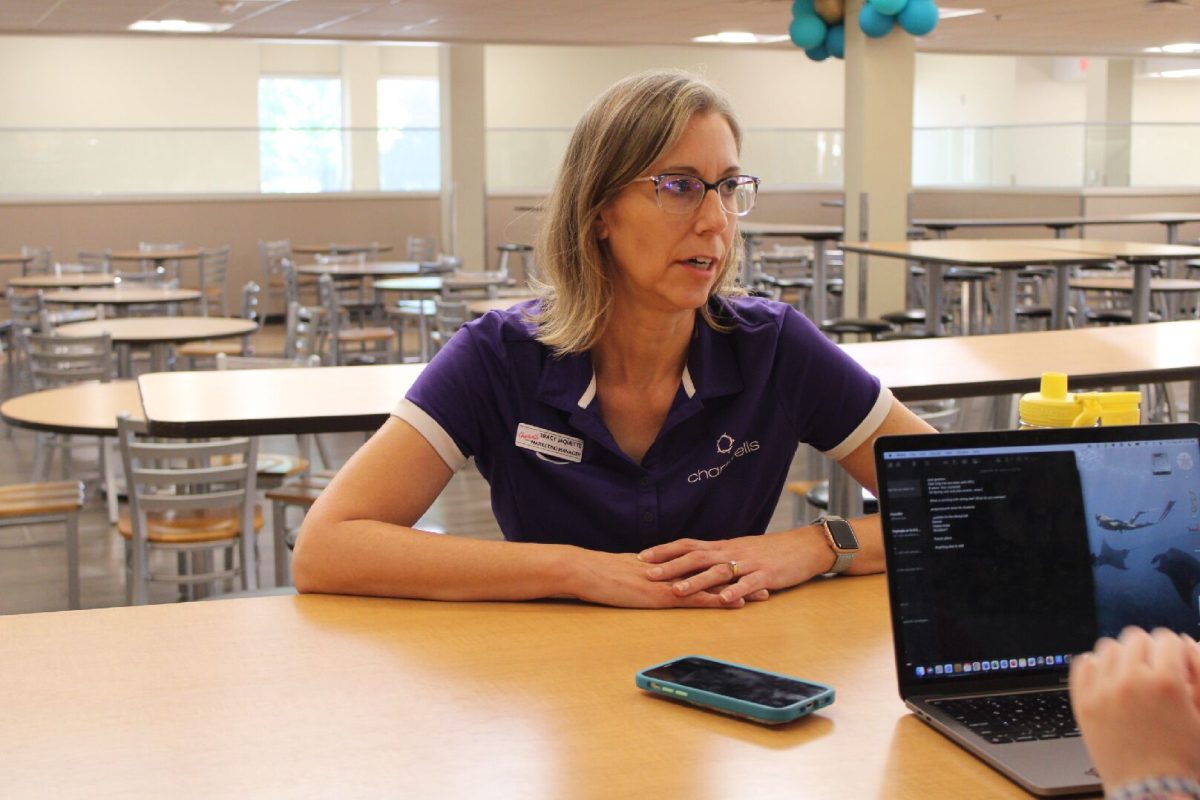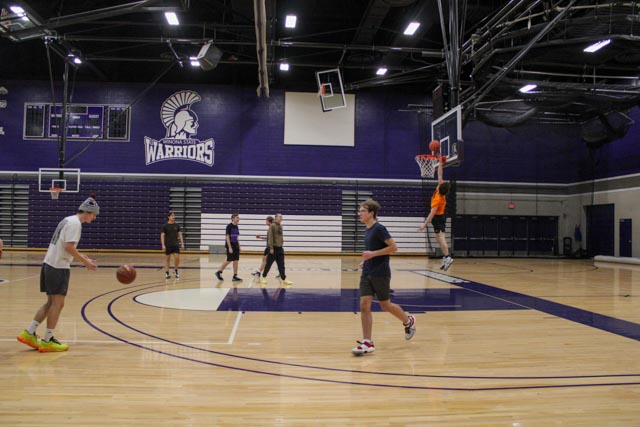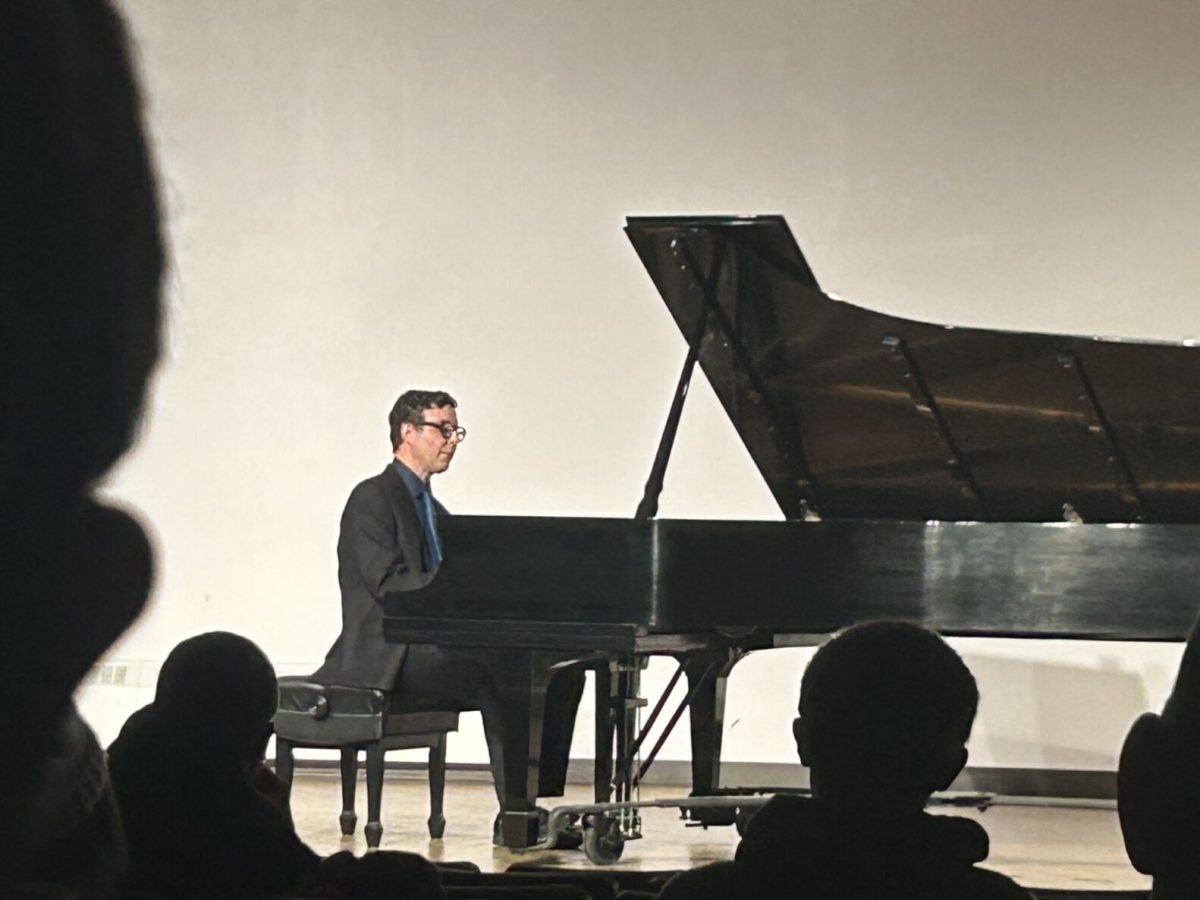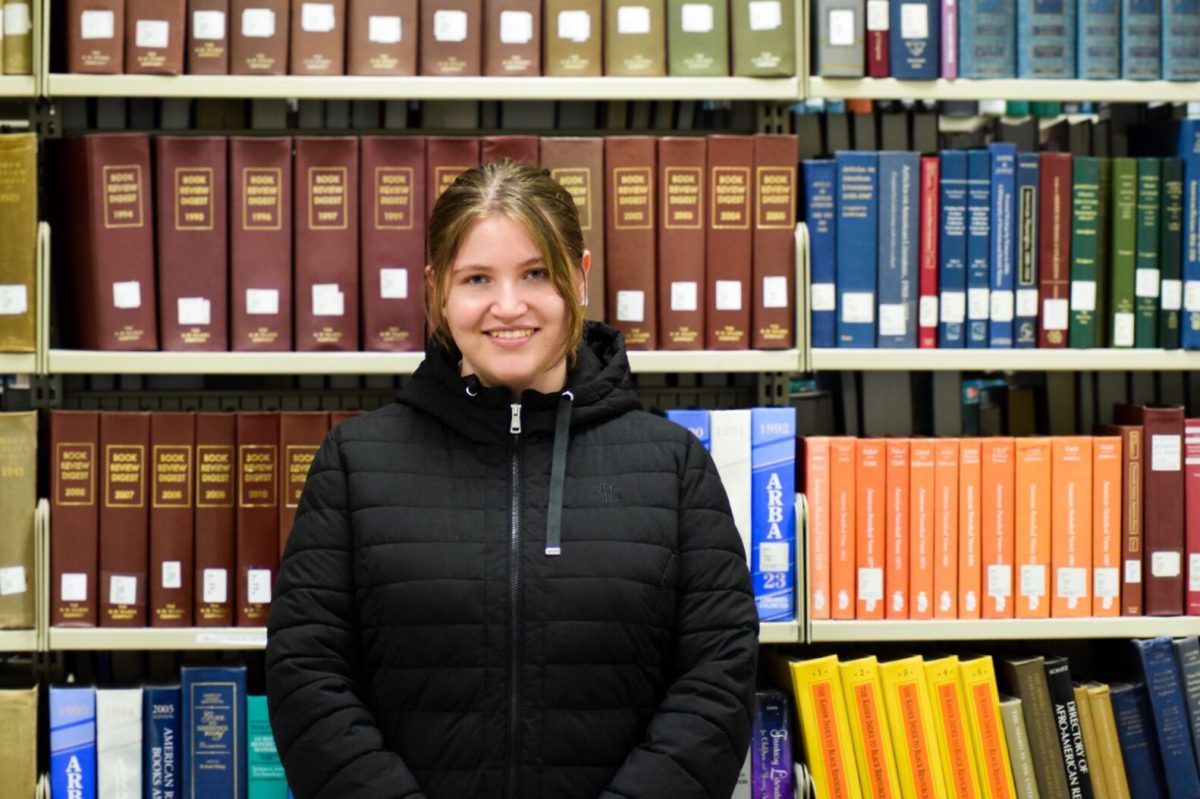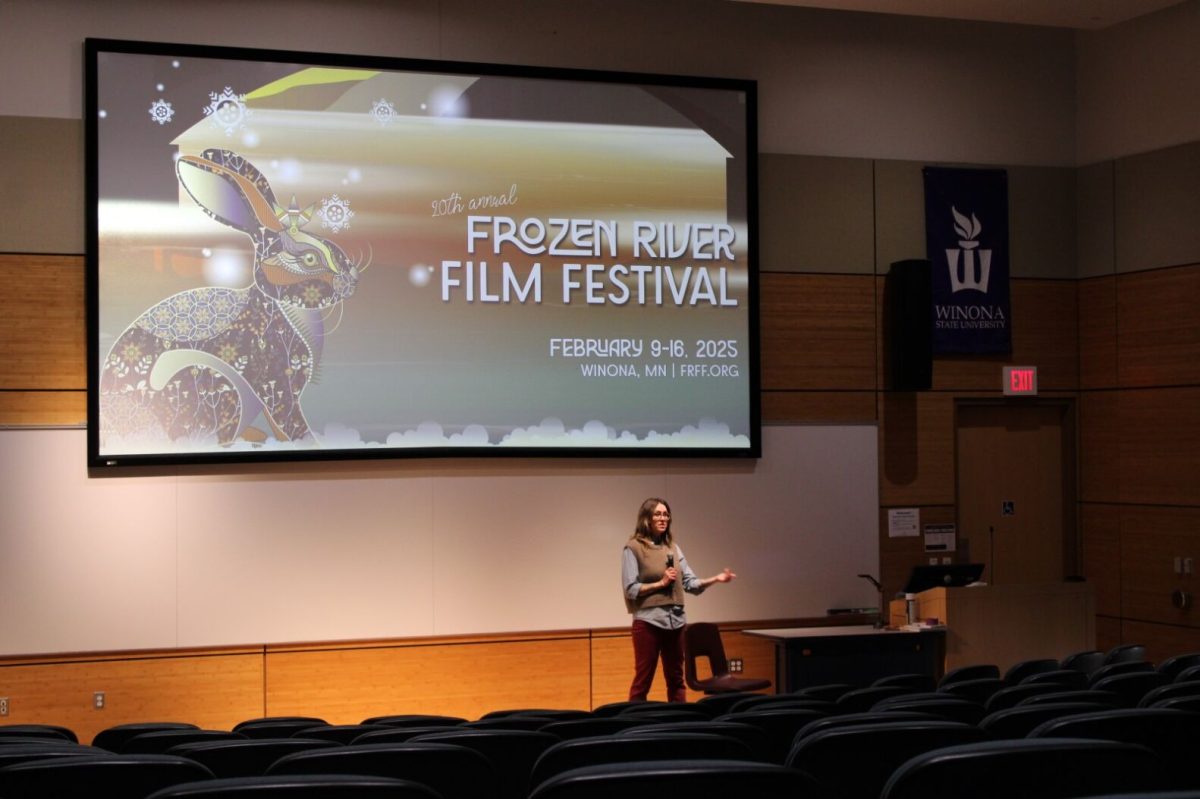The recital hall was still, yet buzzing with energy as each piece of music played. It was as if the room, and audience, embodies each piece along with Professor Deanne Mohr. Mohr, who has been with Winona State University since 2002 has an extensive background in Piano both as an instrument and form of art. Mohr even has her Doctorate of Musical Arts in Piano Performance and has performed in Canada and the Midwest.
Mohr has been working up to play each of these pieces for several years and has been a lover of piano for even longer. She started off on piano at the age of eight, and she was inspired by a performance that she saw early on, Mohr said “I aspire to be that person… I love the sound of the piano and I love being able to be creative and explore the different timbers that you can make.”
Mohr’s performance Tuesday March 25 was combined with art projected via a PowerPoint which allowed the audience to make a connection between the art and music. This unique aspect of the performance is “kind of a powerful way of listening to music and thinking about art and music together,” said Mohr. While this performance had no particular theme, there was a thread to follow by allowing the audience to take each piece as its own entity. The pieces were similar, yet vastly different in the way they were composed which created a juxtaposition between pieces or even within the piece itself.
Seven pieces were played at this recital, but the first piece, “Minuet” by Georg Handel, was played twice on two separate instruments. These instruments being the piano and the harpsichord. The harpsichord is a piano-like instrument which plucks strings, unlike a piano which has hammers that hit the strings. The vast difference between the typical piano and the harpsichord was a testament to the intricacy of music as an art form. The plucking in the strings of the harpsichords felt like stepping back in time perfectly captured in the soul of the instrument.
The middle piece, “Barcarolle” by Frederic Chopin, was intended to capture the songs gondoliers sang when they carried people around Venice. It was an experience to be able to hear the melodies of the water in the music and envision oneself as if in this boat gliding through the streets of Venice.
The last five pieces were from Maurice Ravel’s “Miroirs,” and thus the titles were in either French or Spanish. Dr. Mohr invited the audience to try and figure out the title before it was revealed towards the end of each piece. The interactivity of the last five pieces allowed the audience to connect with each piece in order to figure out what each piece was about.
The piano brought each and every note to life. You could see the birds, the moths, the gondolier and water in the melodies. The notes became this tangible force as the audience came to understand each piece. Alana Clarke, a Winona State student who attended this recital couldn’t believe the emotions and images that each song created. “I felt that it did feel like sad birds the way that the different flutters and the tone of it was very dark,” Clarke said.
While piano might not be everyone’s cup of tea, it’s worth checking a recital out to create this communal experience with others around you. Or it could simply be a study break, a moment of relaxation in your day. And perhaps along the way, much like Mohr you’ll come to find your passion in life.


